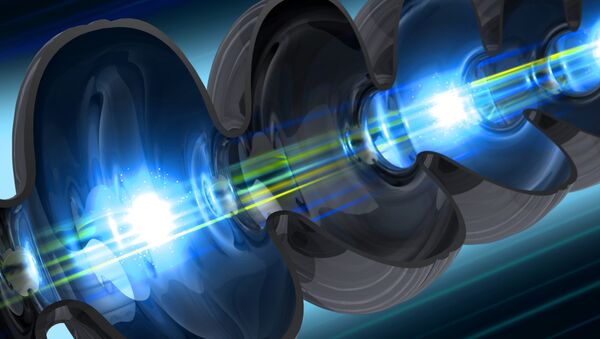In a new study, a team of researchers from the University of Ottawa and the National Research Council Canada has suggested a relatively simple laser technique that could produce strong magnetic pulses in a matter of femtoseconds – or 1/1,000,000,000,000,000 fraction of a second. Their paper was published in Physical Review Letters.
Magnetic fields are inseparable from light-matter interaction, but due to the dominance of electric field effects in many systems, magnetically induced responses are faint and therefore hard to study. To power up such responses, we can use strong magnetic fields. However, scientists have long been puzzled by the question: how can intensive magnetic fields be produced quick and easy?
The new effort is based on earlier attempts to speed up the magnetic generation process. Previously, scientists used lasers to push electrons in plasma, but this method requires powerful lasers that are available in very few labs. The new study suggests using photo-ionised electrons driven by moderately intense azimuthal-vector laser beams.
In such a system, electric field lines take a circular shape around the beam axis and are most intense in the ring-shaped part of the region. Electrons move around the ring and this current generates a magnetic field in the direction of the beam. The researchers also introduced the idea of using a second laser with a frequency twice that of the first laser. This allows changing the timing of the process because electrons move when the field is at its peak.
The simulations demonstrated that if an 11.3-microjoule main laser pulse is used together with an additional 1.9-microjoule doubled-frequency pulse, such a system could produce a magnetic field of eight Tesla in just 50 femtoseconds.
According to the scientists, this unprecedented combination will open the possibility for ultrafast metrological techniques.



